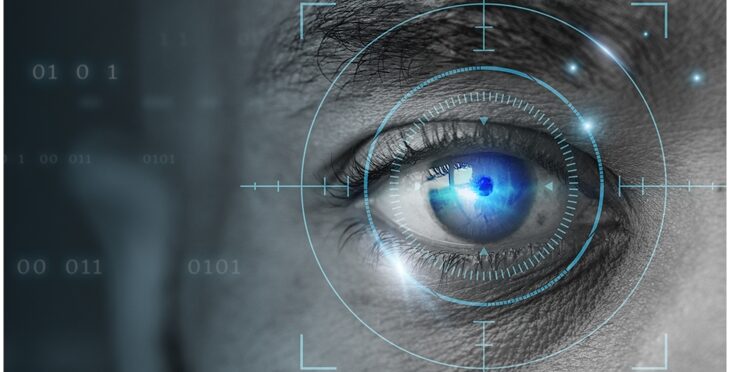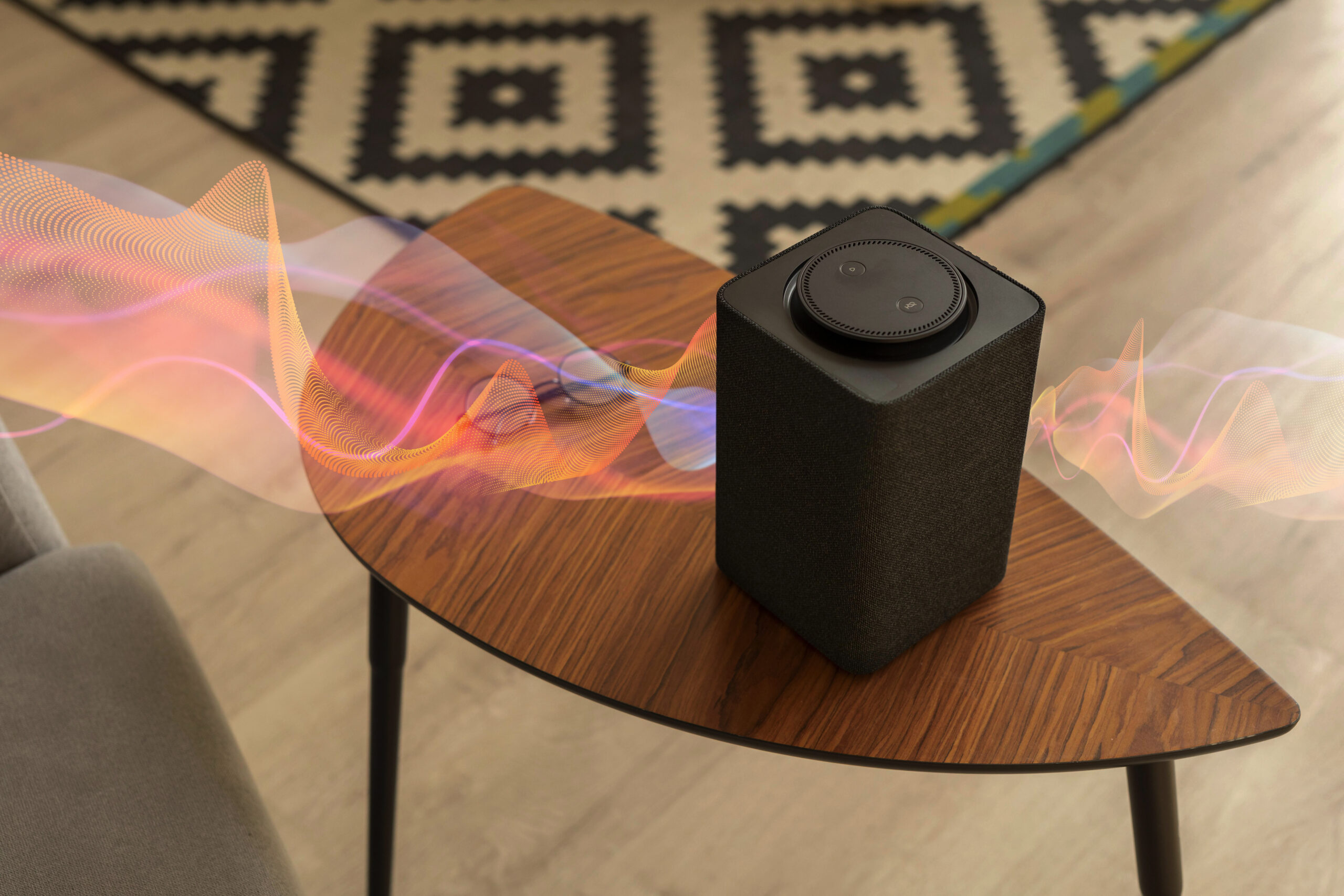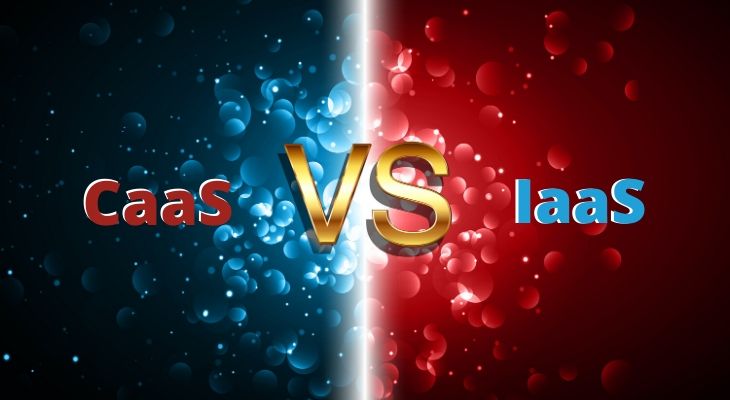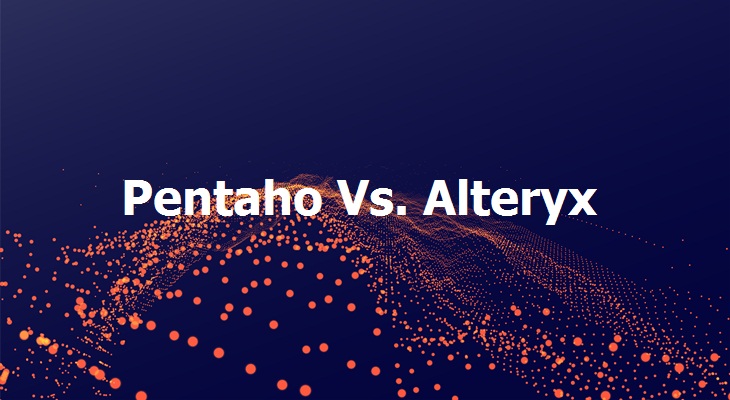Introduction:
Computer vision and facial recognition are both branches of AI. Using AI, computers get the ability to think like humans. There is so much data put into the system. This is where computer vision and facial recognition come in. They allow the computer to observe and understand the data to take out useful results.
What is computer vision?
Computer vision is a branch of artificial intelligence (AI). It allows computers to extract information from images, videos, and other visual inputs. It then acts or makes recommendations based on that data. AI helps computers to think. Whereas computer vision allows them to observe and understand the world around them.
Human vision is also like computer vision, but humans have an advantage. Human vision benefits from lifetimes of context. Such as telling objects apart, how far away they are, whether they are moving and whether something is wrong with an image.
Computer vision teaches machines to perform these tasks. It uses cameras, data, and algorithms rather than retinas, optic nerves. It must also do so in a fraction of the time. A system trained to inspect products or track an asset can analyze thousands of products or processes per minute. Moreover, detecting defects or issues better than humans can outperform humans.
Introduction to Facial Recognition?
Facial recognition is a way of recognizing or verifying a person's identity by looking at their face. It identifies people in photos, videos, or real-time using facial recognition systems.
Biometric security includes facial recognition. Also, voice recognition, fingerprint recognition, etc., are examples of biometric software. The technology is mainly used for security and law enforcement. But, there is growing interest in other applications.
Importance of Computer Vision and Facial Recognition:
With the growing population and data, it has become difficult to track everything at once. Computer vision helps to solve these problems. Computer vision tech plays an important role in the following fields.
- A scanner recognizes and identifies text in documents using optical character recognition (OCR).
- Iris patterns applied in vision biometrics to identify people who have gone missing.
- Object Recognition: Ideal for finding products in real-time. Based on an image or scan in the retail and fashion industries.
- Motion capture and shape capture, and any film that uses CGI, are examples of special effects.
- 3-D printing and image capture used in films, architectural structures, and other applications.
- Use of Computer vision in sports to track the field and the players.
- Anything with a story that allows you to wear something on your face on social media is acceptable.
- Smart Cars can recognize objects and people using computer vision.
- Medical Imaging: 3D imaging and image-guided surgery.
- Applications of Computer Vision and Facial Recognition
- Customer Tracking and People Counting
- Waiting Time Analytics and Productivity Analytics
- Ensuring Safety, Theft Detection, and Managing Quality
- Training and Skill Development
- Vehicle Classification
- Traffic Sign Detection and Collision Avoidance Systems
- Monitoring the State of the Roads
- Crop Observation
- Plantation surveillance
- Detection of insects
- Detecting Cancer
- Detection of Tumors
- Disease Progression Mapping
- Rehabilitation and healthcare
- Assessing Skill Development and Training
Applications of Computer Vision and Facial Recognition
Customer Tracking and People Counting
Counting devices placed throughout a retail store. They collect data about where and how long customers spend their time. Machine learning processes aid in this process. As a result, customer analytics can help retailers better understand customer interactions. Thus, they can optimize store layouts.
Data examples train computer vision algorithms. It also helps them to detect and count humans when seen. Stores can use people counting technology to collect data about their success. It can also be used in situations like COVID-19, where only a certain number of people can gather at a time.
Waiting Time Analytics and Productivity Analytics
Retailers are implementing queue detection technology to avoid impatient customers and long lines. Cameras used in queue detection track and counted the number of people in a line. Moreover, the system sounds like an alert to open new checkouts once a certain number of customers has reached.
Productivity analytics monitors the effects of workplace changes, such as how employees spend their time and resources, the use of various tools. This type of information helps with time management, workplace collaboration, and employee productivity.
Ensuring Safety, Theft Detection, and Managing Quality
Companies use distance detectors to ensure adherence to safety precautions. A camera monitors the movement of employees or customers. It also uses depth sensors to determine the distance between them. The system then draws a red or green circle around the person, depending on their position.
Quality management systems ensure that an organization meets the needs of its customers. It does so by addressing policies, procedures, instructions, and internal processes. This also ensures a high level of consumer satisfaction.
It is using computer vision algorithms that analyze the scene. Retailers can detect suspicious behavior like loitering or accessing off-limits areas.
Training and Skill Development
The optimization of assembly line operations in industrial production is another application. Human action evaluation can aid in the development of standardized action models. Moreover, this helps various operation steps and also evaluates trained workers' performance.
Vehicle Classification
The use of computer vision in automated vehicle classification has a long history. Over the years, technologies for automatic vehicle classification have improved.
Vehicles can be detected, tracked, and classified in multiple lanes using inexpensive sensors. Also, CCTV cameras, LiDAR, and even thermal imaging devices help with this. Combining multiple sensors can improve vehicle classification accuracy.
Traffic Sign Detection and Collision Avoidance Systems
Computer vision applications detect and recognize traffic signs. To recognize and classify traffic signs, vision techniques are used. Vision techniques segment traffic signs from various traffic scenes. Moreover, deep learning algorithms recognize and classify traffic signs.
Most advanced driver assistance systems include vehicle detection and lane detection. Deep neural networks were recently used to research deep learning and its application in autonomous collision avoidance systems.
Monitoring the State of the Roads
There is a need to track concrete and asphalt civil infrastructure. Computer vision-based defect detection systems are being developed. Pavement condition assessment provides data that is later used. It also helps to make more cost-effective and consistent decisions about pavement network management.
Crop Observation
Food security gets determined by the yield and quality of important crops such as rice and wheat. Crop growth monitoring has relied on subjective human judgment. It is neither timely nor accurate. Plant growth and response to nutrient requirements get monitored continuously using computer vision.
Also, computer vision can detect subtle changes in crops due to malnutrition much earlier. It then provides a reliable and accurate foundation for timely regulation.
Plant growth can also be measured using computer vision applications.
Plantation surveillance
Plantations can be remotely monitored using image processing with drone images. It is also possible to determine which parts of the land are fertile using geospatial orthophotos.
It also identifies less fertile areas. As well as parts of plantation fields that are completely non-growing.
Detection of insects
Flying insect recognition and counting must be done quickly & accurately for pest control. Manual identification and counting are inefficient and time-consuming. Flying insects can get tracked and recognized using vision-based systems.
Detecting Cancer
Machine learning used in the medical field can detect cancers, among other things. Image recognition allows scientists to detect minor differences between cancerous and non-cancerous images. It can diagnose also data from MRI scans and uploaded photos as malignant or benign.
Detection of Tumors
Deep neural networks frequently detect brain tumors, which are only seen in MRI scans. Deep learning-based tumor detection software is critical to the medical industry. It can detect tumors with high accuracy and also assist doctors in making diagnoses.
Disease Progression Mapping
Computer vision can identify critically ill patients and send them to appropriate medical care. People infected with COVID-19 have a faster rate of respiration.
Deep learning combined with depth cameras detects abnormal respiratory patterns in COVID-19 patients. Thus allowing for an accurate and unobtrusive large-scale screening.
Rehabilitation and healthcare
Physical therapy is critical for stroke survivors and athletes recovering from sports injuries. Also, the charges for supervision by a medical professional, hospital, etc., are significant obstacles.
People prefer home training with a vision-based rehabilitation app. It allows them to practice movement training privately. Also, human action evaluation used in computer-assisted therapy helps patients train at home. Moreover, it guides them to perform actions correctly and prevent further injuries.
Assessing Skill Development and Training
On self-learning platforms, computer vision applications assess the skill level of expert learners. Surgical education has benefited from the development of simulation-based surgical training platforms.
The technique of action quality assessment allows for the development of computational approaches. Thus evaluating surgical students' performance automatically. Moreover, individuals can receive useful feedback information that helps them improve their skills.
Conclusion
Despite recent progress, we are still far from solving computer vision and facial recognition. One of the simplest tech terms to define is computer vision and facial recognition. But, teaching it to computers is the most challenging task. It has taken around 80 years for computer scientists to get to where we are now.
We're fine-tuning computer vision and facial recognition even further with AI and deep learning. Many institutions and businesses have already found ways to use this technology. Also, this pattern is unlikely to change anytime soon. In conclusion, what is to come with computer vision and facial recognition in the future will be incredible.
You may like to read:
Applications of Computer Vision in HealthCare
Problems with Facial Recognition You Need to be Careful About





